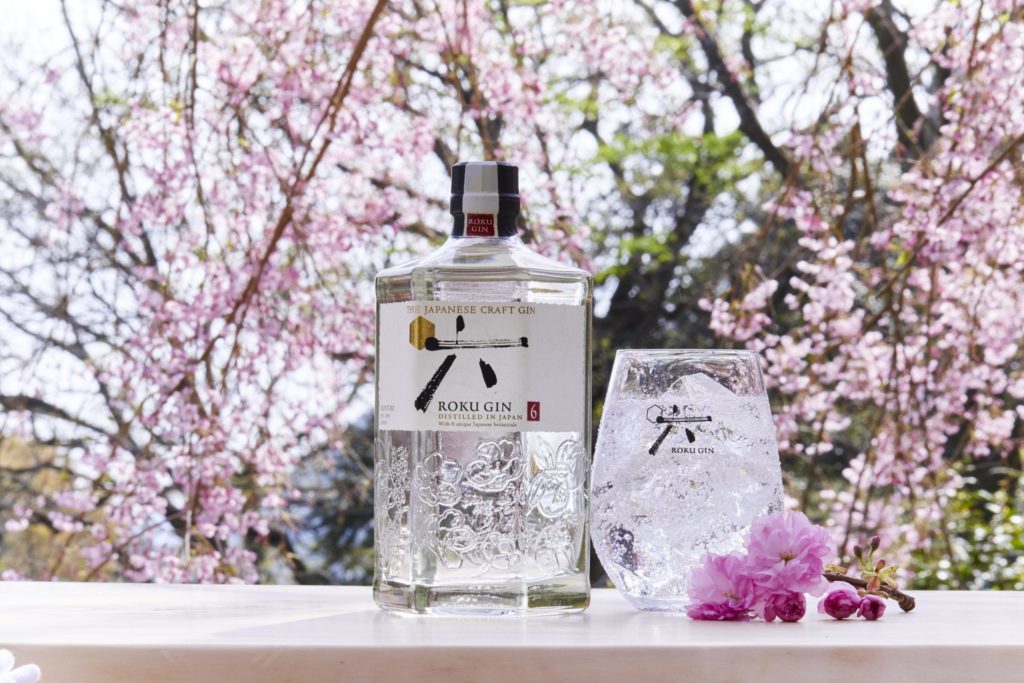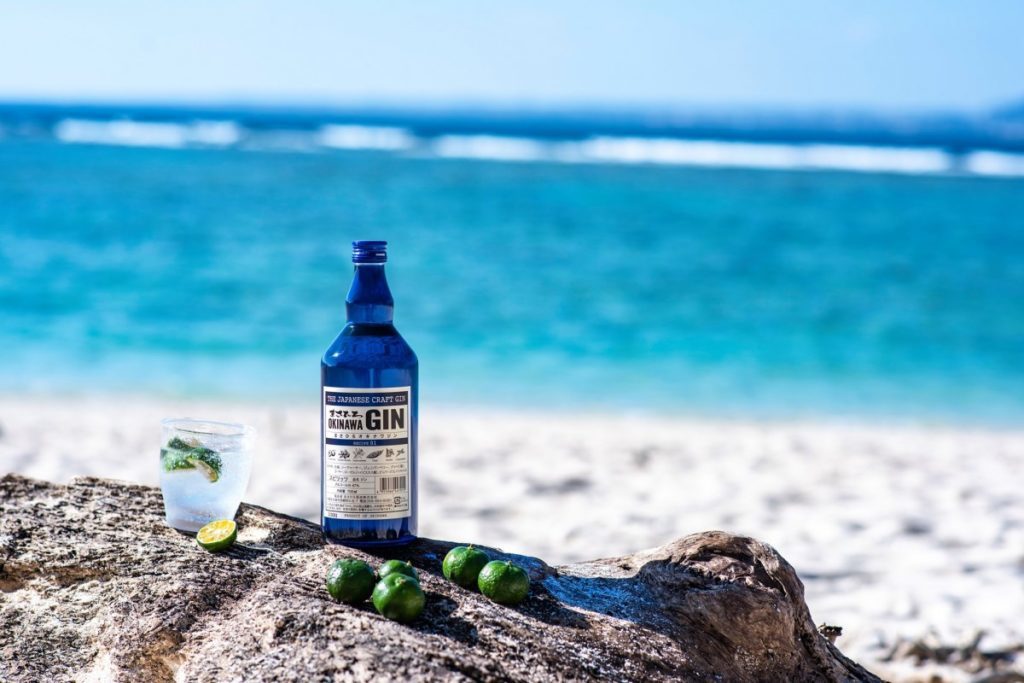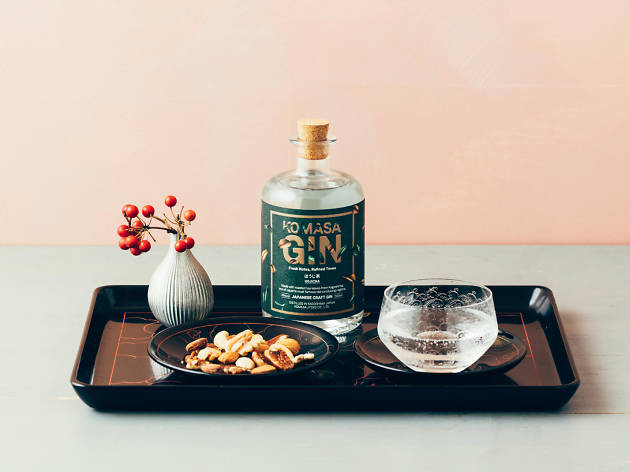With the ever-growing presence of Japanese gins at prominent bars around town, we take a deep-dive into this still-young spirit and the reason behind its booming popularity.
In the span of four years, Japan’s nascent gin industry has grown at an unprecedented rate. The Kyoto Distillery was the first to open its doors, pioneering the movement with its Ki No Bi gin that would come to shape the profile of Japanese gins as a whole. A boom soon followed, and today, there are 31 recorded distilleries that make gins in Japan, ranging from the small-batch and local to giants like Nikka and Suntory.


The fact that these expressions are well-received both domestically and internationally has led to Japan ingraining gins into the DNA of its alcohol industry, making a bottle of Okinawa or Kozue gin as distinctively Japanese as a bottle of Yamazaki or sake. One thing is clear: this is not a fad.
As idiosyncratic as Japanese gins are, the reasons for its appeal ought to be probed at. To canvass the undying appeal of Japanese gins and why we love them so, we’ve enlisted some help from Jesse Vida, head bartender at Atlas, and the gatekeeper of Asia’s largest gin collection. Let us count the ways.
What defines a Japanese gin?
There is no legal definition for what a Japanese gin is or is not, so distillers as a whole just craft their wares in accordance with a universal standard for this junipery spirit.
Because of this, we have to rely on flavours. The blanket terms that tend to be associated with Japanese gins are “citrusy”, “floral”, and “crisp”, which does not tell you very much since these words are tagged to anything from a London Dry to a French gin.


Some Japanese distilleries use gin as a way to introduce native botanicals to a foreign market, like Okinawa Gin from Masahiro, a famed awamori distillery. It is all native Okinawan ingredients in the recipe, as outside of juniper, this gin employs elements like guava leaves, roselle, bitter melon and the shekwasha citrus native to Okinawa in its make.


What makes Japanese gin different from Western gins?
Apart from the botanicals used, it is the creative process Japanese distillers employ that make their wares stand out from other international gins.
“Ki No Bi likes to distil each individual ingredient and then blend their recipe from there. Roku focuses on a core six Japanese botanicals, but also use the eight traditional botanicals that constitute gin,” he explains.


Gin as a whole is a nebulous category, and this gives distillers plenty of room to play around. No grain is specified when it comes to making the base distillate for it, so Japan tends to use rice as it is abundant there, though there are exceptions across the board. Kyoya Shuzo, for instance, is a shochu distillery that uses its sweet potato liquor to make its gin as well.
The fluidity has allowed existing Japanese gin makers to push the brackets further, perhaps in the name of carving a national gin identity that is known for challenging boundaries. Versions of the spirit made with top-grade gyokuro tea or barrel-aged in champagne barriques are some firsts that have risen from Japan’s gin gambles.
The immense appeal of Japanese gins
Keen drinkers love uniqueness, so that is one draw Japanese gins have over their London Dry-style peers, but that still doesn’t explain how rapidly these bottlings have become household names.
Vida believes that this success is accentuated by the country these gins come from — Japan, the mecca of produce and immaculate production.


“The Japanese are known to be immensely detailed and are borderline perfectionists in many of their endeavours,” he posits. The country is home to some of the most sought-after ingredients in the world and is also known over for its prowess in food and drink, so it is a given that the country makes great gin.
“With the ever-growing demand for Japanese whisky as well, it’s only natural that their gins are also being considered as some of the best in the world,” said Vida. “I wouldn’t say that I disagree with that notion.”
This article was originally published on Lifestyle Asia Singapore.







